Search
Remove Ads
Advertisement
Summary 
Loading AI-generated summary based on World History Encyclopedia articles ...
Search Results

Article
Our Favourite Ancient History Shops
World History Encyclopedia’s main mission is to engage people with cultural heritage and to improve history education worldwide. We are achieving this through our definitions and articles, our videos and education resources, our audio articles...
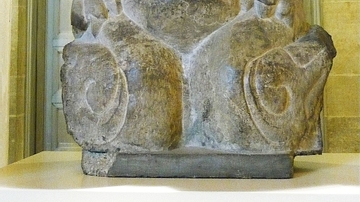
Image
Chinese Pillar Support in the Form of a Kneeling Demon
This pillar support comes from the Buddhist caves at Xiangtangshan, Hebei Province, China and is shaped like a kneeling demon. It is made of limestone and dates from the era of the Northern Qi Dynasty (550-557 CE). (Royal Ontario Museum...

Image
Let Us Beat Our Swords into Ploughshares
Let Us Beat Our Swords into Ploughshares, a bronze sculpture by Soviet artist Evgeny Vuchetich, presented to the United Nations on 4 December 1959.
Garden of the United Nations Headquarters, New York.
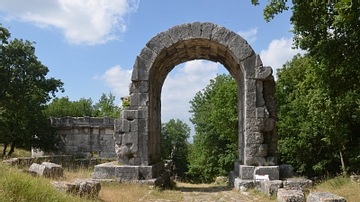
Article
Visitor’s Guide to Carsulae (San Damiano)
Carsulae in Umbria, central Italy, was founded c. 300 BCE and only became a prosperous urban centre after it was connected by the Via Flaminia towards the end of the 3rd century BCE. It was granted the status of municipium and acquired a...
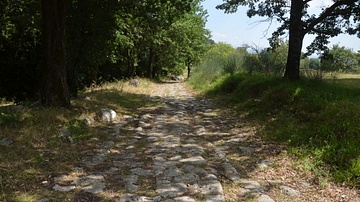
Image
Via Flaminia at Carsulae, Italy
The Via Flaminia is the second oldest Roman road after Rome’s Via Appia. It was a consular road, funded by the state, and built c. 220 BCE to link Rome with the northern coastal city of Ariminum (Rimini) over the Apennine Mountains. The Via...
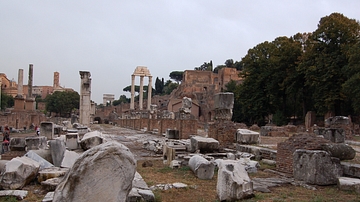
Image
Via Sacra
Rubble strewn Via Sacra near the Rostra. On right side can be seen the remains of the Basilica Julia & off in the distance the three famous columns of the remain's of the Temple of Castor & Pollux

Video
Sojourner Truth: Our History
Sojourner Truth: Our History On May 29, 1851 Sojourner Truth spoke at the Second Ohio Women’s Rights Convention in Akron Ohio. She was not invited but attended anyway. She was not asked to speak but rose to advocate for all women’s rights...

Article
10 Years of Ancient History Encyclopedia
Ancient History Encyclopedia's CEO Jan van der Crabben writes about the organization's 10-year history. Ancient History Encyclopedia just turned ten! On 25 August 2009, we officially launched the Ancient History Encyclopedia website by submitting...
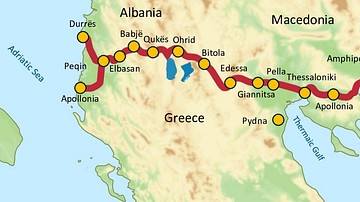
Image
Via Egnatia, 146 BCE to c. 1200 CE
Via Egnatia was a major Roman road in the Balkans, stretching 1,120 kilometers (696 miles) from the Adriatic Sea in the west to the Black Sea and the Sea of Marmara in the east. The western terminus is slightly uncertain, often marked in...
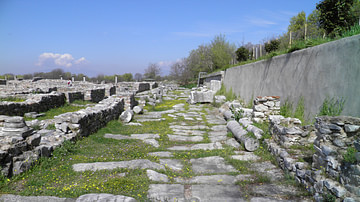
Image
Via Egnatia in Philippi
A stretch of the Via Egnatia in Philippi (Greece). The Via Egnatia crossed the Roman provinces of Illyricum, Macedonia, and Thrace, running through territory that is now part of modern Albania, the Republic of Macedonia, Greece, and European...